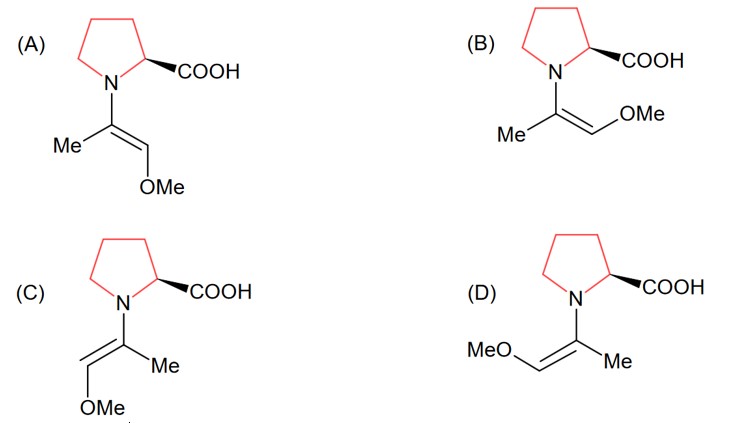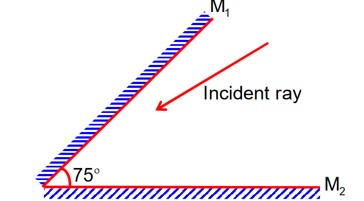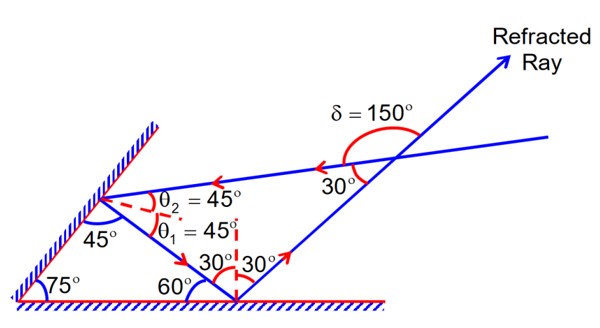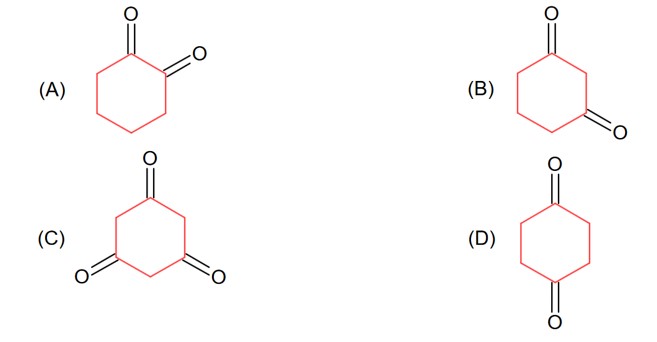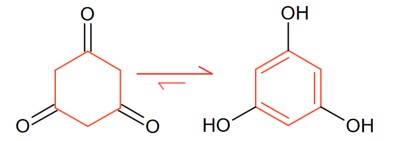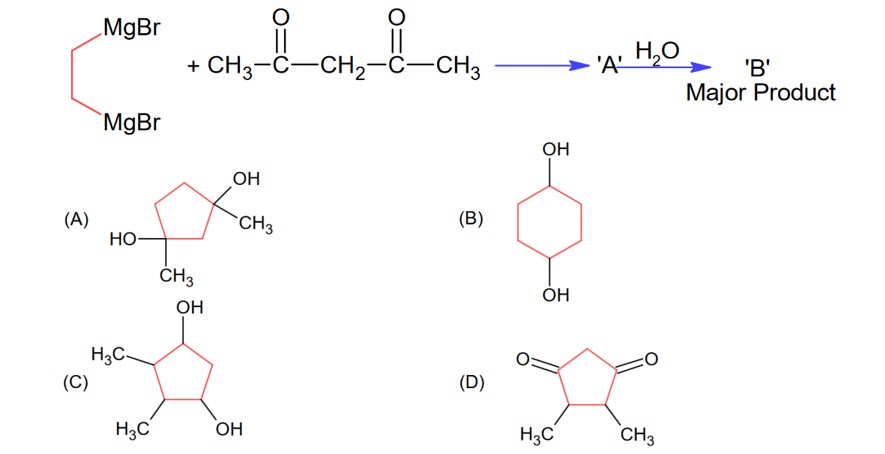Class 12th
Get insights from 12k questions on Class 12th, answered by students, alumni, and experts. You may also ask and answer any question you like about Class 12th
Follow Ask QuestionQuestions
Discussions
Active Users
Followers
New answer posted
a month agoContributor-Level 10
From the given structure of CuSO4 . 5H2O Cu (II) ion and oxygen bonds are present but ligands coordinating with Cu (II) ion are not O and S both.
New answer posted
a month agoContributor-Level 10
Enamines are inter conversible and have low stability with respect to imine. Among all C is most stable due to steric factor.
New answer posted
a month agoContributor-Level 10
Aromaticity drives the highest enolic percentage of given structure:
New answer posted
a month agoContributor-Level 9
Decay of current in Inductor is given by,
At t = 100
i = 0
i.e. i = i0 -(1)
e.m.f induced
New answer posted
a month agoContributor-Level 10
This is the nucleophilic addition reaction of Grignard reagent on carbonyl compounds
New answer posted
a month agoContributor-Level 10
This is the formation of free radical mechanism, hence free radical will be formed
Taking an Exam? Selecting a College?
Get authentic answers from experts, students and alumni that you won't find anywhere else
Sign Up on ShikshaOn Shiksha, get access to
- 65k Colleges
- 1.2k Exams
- 678k Reviews
- 1800k Answers

